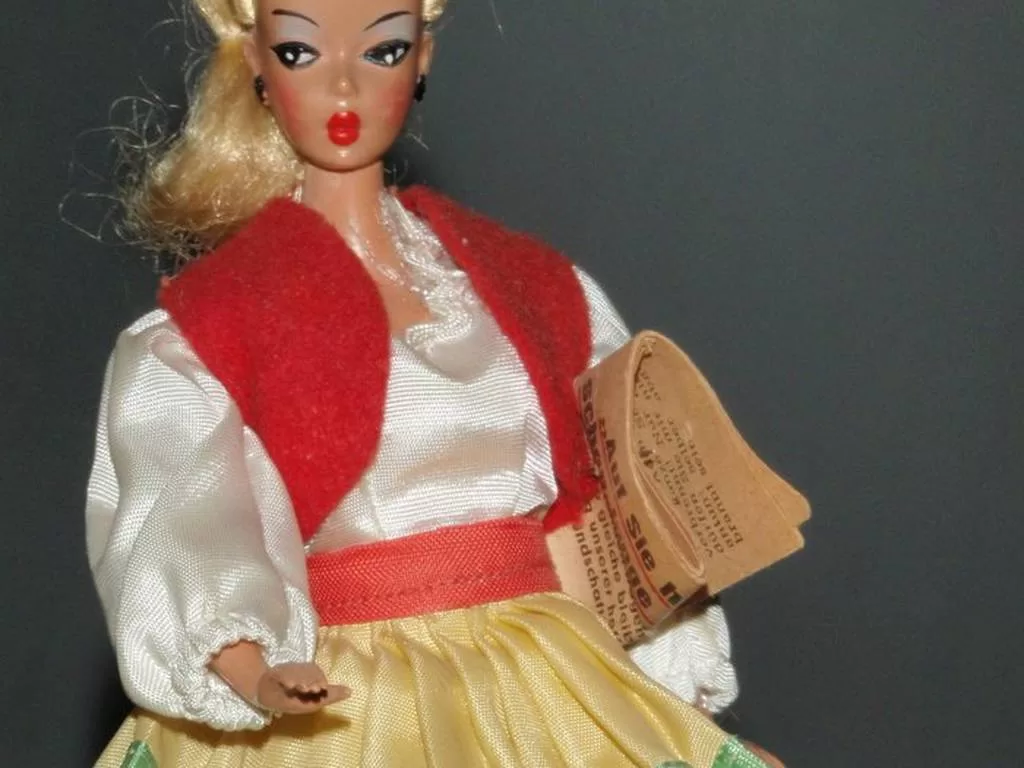Ancient civilizations used anthropomorphic statues and figurines depicting human and animal forms for spiritual and cultural rites, and this is where the history of sex dolls begins. These early dolls weren’t intended for sexual use and were built of materials like stone, terra cotta, and wood.
The tale of Pygmalion, a sculptor who falls in love with a statue he has created, is said to be one of the earliest known instances of dolls specifically created for sexual gratification. The statue is given life by the goddess Venus in the tale, and Pygmalion marries her. The first real sex dolls, which were created from ivory or other materials and were popular among affluent men in ancient Rome, are thought to have been inspired by this fable.
Sex dolls were still created during the Middle Ages using materials like wood, wax, and leather and were primarily used by doctors to demonstrate the proper way to conduct gynecological examinations. Men in Japan used sex dolls known as “Dutch Wives” as a form of birth control and prevention for STDs.

Sex dolls started to be fashioned of more plausible materials, including rubber and silicone, in the 20th century, allowing for a more realistic look and feel. As a result of their popularity among collectors, these dolls were regularly sold at adult stores.
Recent technological developments have led to the creation of sex dolls with artificial intelligence that can be programmed to engage in conversations and react to touch. These contemporary sex dolls have sparked debates over their usage guidelines and potential impact on interpersonal relationships.
Despite their dubious nature, sex dolls have been a part of human history for many years and don’t seem to be going anywhere anytime soon.
The use and acceptance of sex dolls began to change as the technology for making them advanced. Sex dolls started to be used for a variety of purposes outside of just sexual fulfillment as they were more widely available and more widely available in the late 20th century.
Others used sex dolls as friends or as a substitute for real-life relationships, while some used them to train or improve their sexual techniques. Some individuals even claim to have developed emotional bonds with their sex dolls and view them as essential components of their lives.
Sex doll usage has expanded in popularity over the past few years and is no longer just limited to adult retailers. Many businesses now provide a wide range of sex dolls, including personalized dolls that can be made based on the preferences of the customer. These dolls can be customized to resemble actual people, and a range of skin tones, hair colors, and facial traits are widely available.
Even though sex dolls are still a contentious topic, modern culture has come to tolerate them. Others believe they can offer camaraderie and comfort to those who might struggle to build and maintain genuine relationships. Some consider them a helpful tool for exploring and exposing their sexuality.
Sex dolls have a long and complex history that has evolved, despite the myths and prejudices surrounding them. Sex dolls will probably continue to change and become more established as technology develops in ways that we can’t yet foresee.
